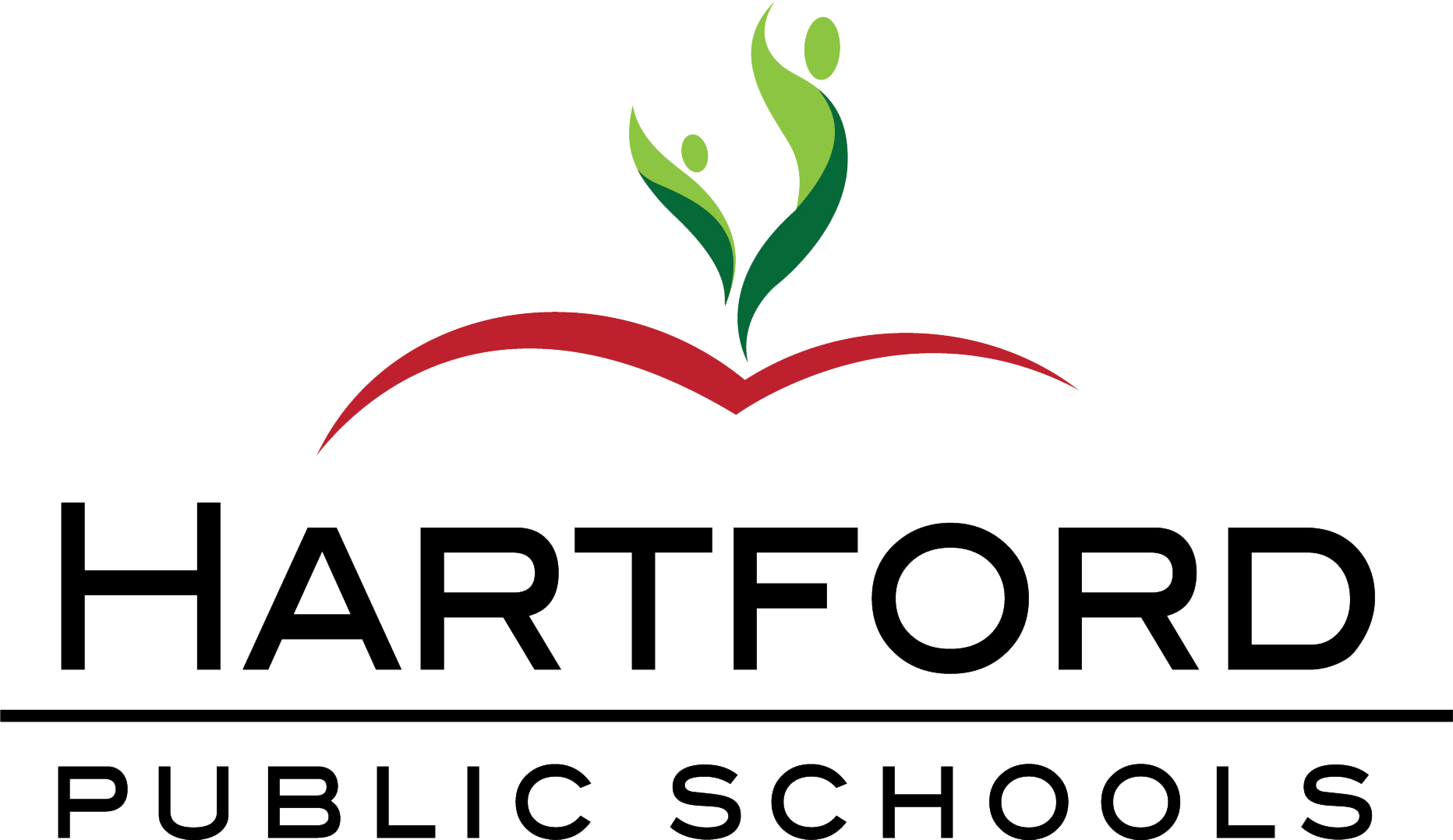Dance
The art of dance uses movement to communicate meaning about the human experience. It is far more than exercise or entertainment. It is a powerful medium to express one’s values, thoughts and aspirations about the lives we live and the world in which we live.
Education in the art of dance develops the knowledge and skills required to create, perform, and understand movement as a means of artistic communication. A comprehensive education includes improvisation, technique, choreography, performance, observation and analysis. Exposure to dance history and cultures, kinesiology and anatomy, and movement theories further enriches the dance educational experience.
Source: Advancing Dance Education in the Arts
Curriculum
Resources
National Dance Standards (pdf opens in a new window)
ArtsEdge – The Kennedy Centre in Washington has a bank of lesson plans and full learning situations with accompanying resource materials which could be adapted to fit the QEP. Many are transdisciplinary. The bank is searchable by arts subject, other subjects and grade level.
Most lessons are trans-disciplinary such as Dancing Through Poetry.
Dancing on the Edge details the rise of the Louis Lester Band, a black jazz band in 1930s London led by Louis Lester. Managed by the compassionate yet short-tempered Wesley Holt, the band lands a gig at the Imperial Hotel thanks to the cunning journalist Stanley Mitchell. They prove to be a hit, and their star begins to rise. From acclaimed writer and director Stephen Poliakoff (“The Lost Prince”), all episodes of this ensemble mystery are available for viewing at the PBS link.
National Dance Education Organization (NDEO) is a non-profit, membership organization dedicated to advancing dance education centered in the arts.
Theater
A theatre education is vital for well rounded youth development as it helps to increase self confidence in students that learn to trust their ideas and abilities. Theatre also increases their imagination and provides an outlet for making creative choices, thinking new ideas and interpreting the material in expressive ways that are the essence of drama.
Playing, practicing and performing develop a sustained focus on mind, body and voice, which helps with other areas of life including school.
Drama also enhances verbal and non-verbal expression of ideas. It improves voice projection, articulation, fluency of language, and persuasive speech.
Source: Act Too Players Music & Theatre
Curriculum
Resources
ArtsEdge – The Kennedy Centre in Washington has a bank of lesson plans and full learning situations with accompanying resource materials which could be adapted to fit the QEP. Many are transdisciplinary. The bank is searchable by arts subject, other subjects and grade level.
BYU Theatre Education – A large number of units and lesson plans as well as outlines for the (US) National Standards for Theatre Education.
Breakdancing Shakespeare is part of the Greater Hartford Arts Council’s award-winning Neighborhood Studios program, a nationally recognized summer arts apprenticeship program for area teenagers between 14-18. Participants are paid a $100 weekly stipend, teaching them the important responsibility of a paying job. Throughout the program, apprentices participate in all-day workshops with master teaching artists and rehearse a Shakespeare play with a modern twist.
Learn Improv – This site is devoted to the art of improvisational comedy theatre. The site contains the most detailed and approachable collection of improv comedy structures on the web.
